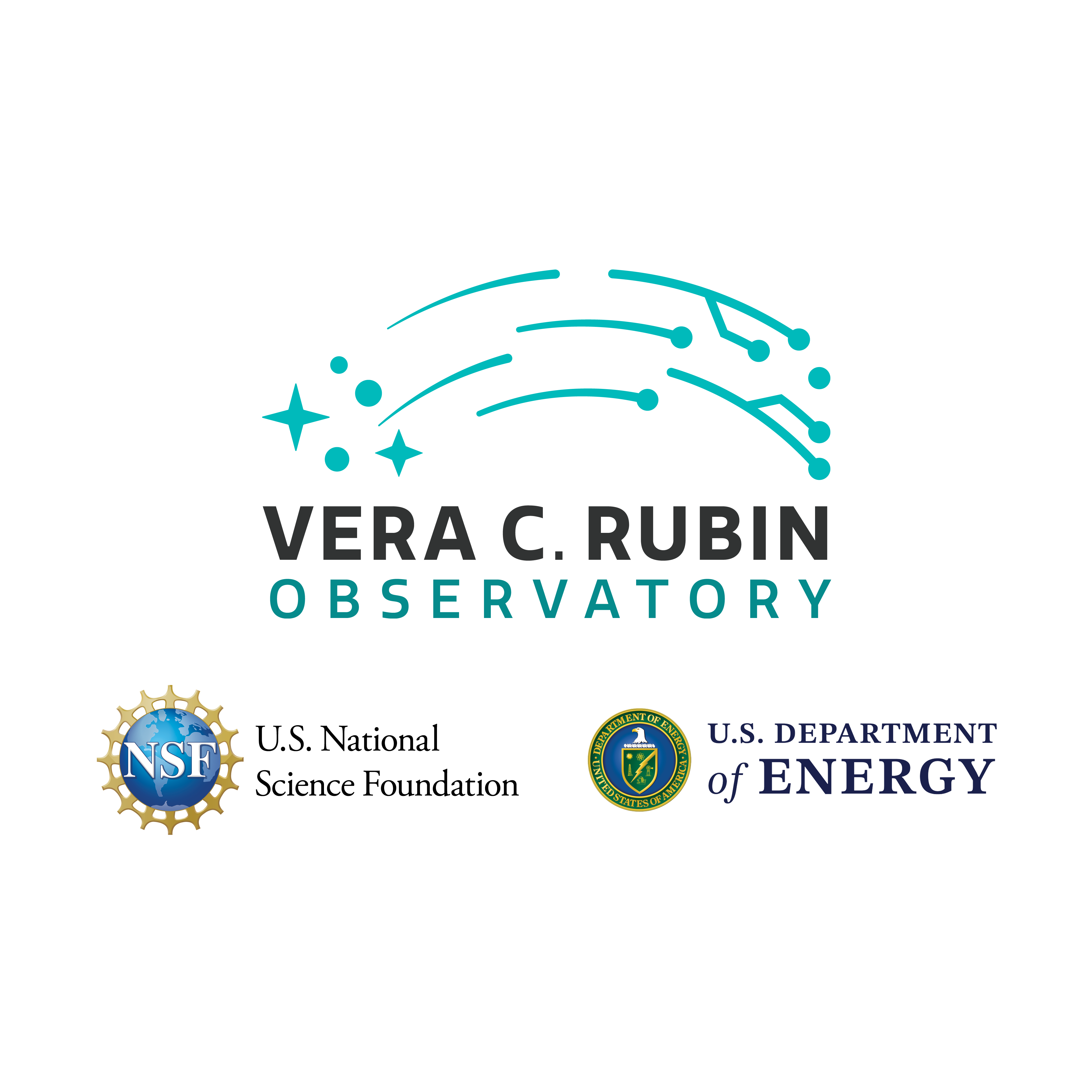Strong Lensing Science
Submitted by kanapier on Sun, 05/18/2025 - 11:24
Contributed talks on strong lensing science with Rubin.
Contributed talks:
- S04: Priyanka Gawade - A Deep Learning Approach to Model Strong Gravitational Lenses from Ground-based Surveys
- S18: Anupreeta More - Testing LSST DIA pipeline on HSC imaging to identify lensed transients
- S19: Anindya Ganguly - Discovering (Un)Lensed Kilonovae in Rubin-LSST: Simulations and Detection Methodology
- S30: Connor Stone - Caustics: a differentiable, GPU accelerated, gravitational lensing simulator
- S36: Vibhore Negi - Generating mock simulated lensed images for the Rubin LSST
- S46: Shenming Fu - Initial catalog query for LSST Lensed AGN
- S101: Alma Gonzalez - Testing Rubin Image Quality for Strong Lensing Searches
Lead or Chair for this Session:
Kate Napier
Category:
Science
Location:
Pima
Timeblock:
1:30pm - 3:00pm
Day:
Monday
NOTICE - You must login to see zoom links for each session.
